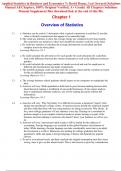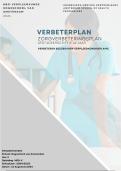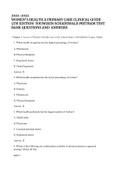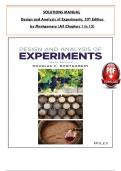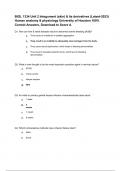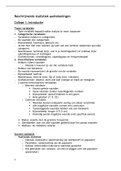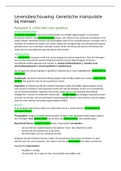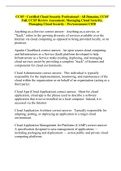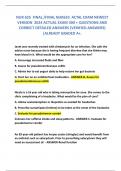Tentamen (uitwerkingen)
Solutions Manual for Applied Statistics in Business and Economics 7th Edition By David Doane, Lori Seward (All Chapters, 100% Original Verified, A+ Grade)
- Vak
- Instelling
This Is Original 7th Edition of Solutions Manual From Original Author. All Other Files in the market are fake/old Edition. Other Sellers Have changed old Edition Number to new But solutions Manual is old Edition. Solutions Manual for Applied Statistics in Business and Economics 7th Edition By Da...
[Meer zien]
